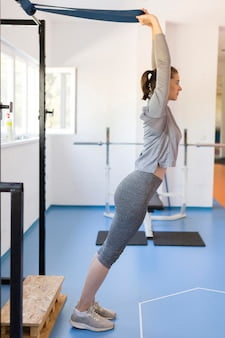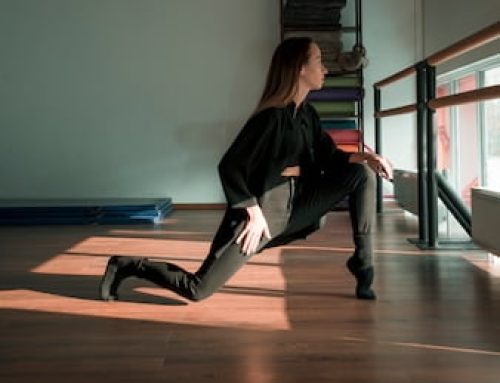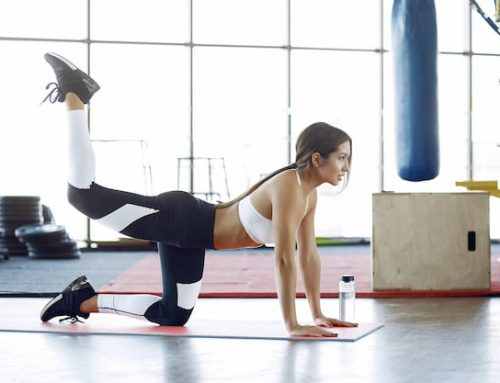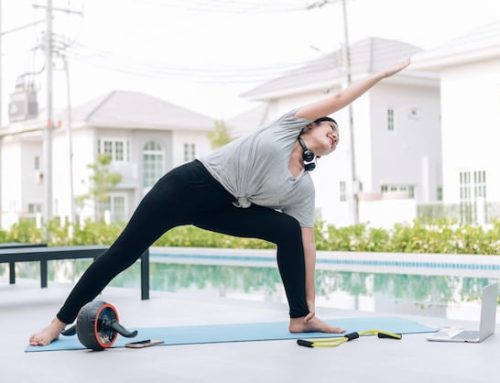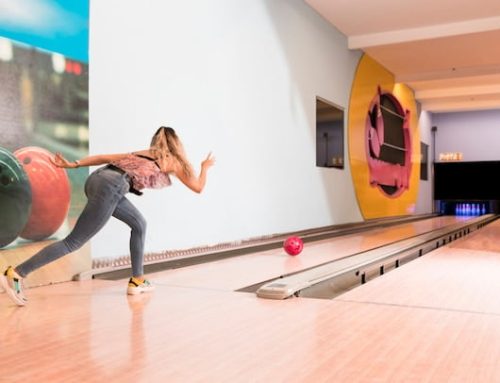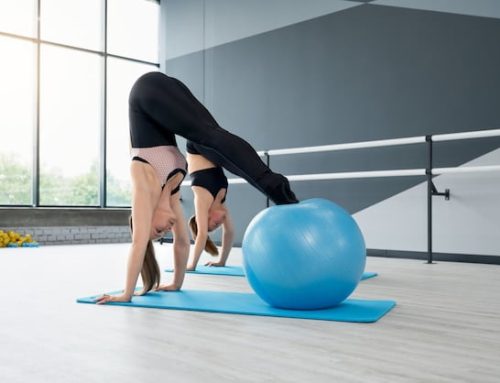Introduction
Balance board training has become increasingly popular over the past few years. With its ability to enhance balance, coordination, and core strength, it’s no wonder why people are jumping on the balance board bandwagon. However, many people wonder if this type of training is good for their back. In this article, we will delve into the benefits of balance board training and its effect on the back.
Balance Board Training Benefits
Balance board training offers many benefits beyond just improving balance and coordination. In fact, it can be an effective way to strengthen your core muscles, improve your posture, and increase your overall fitness level. Here are a few benefits of balance board training:
| Benefit | Description |
|---|---|
| Improves balance and coordination | Balance board training challenges the body to maintain balance, which helps improve overall balance and coordination. |
| Strengthens core muscles | The instability of a balance board forces the body to engage core muscles to maintain balance, which can lead to stronger core muscles over time. |
| Improves posture | Balance board training can help improve posture by strengthening the muscles that support the spine. |
| Increases overall fitness level | Balance board training can be a fun, challenging way to improve overall fitness level and incorporate new exercises into a workout routine. |
Effect on the Back
Many people wonder if balance board training is good for their back, and the answer is yes, it can be. By strengthening the core muscles that support the spine, balance board training can help improve posture and relieve strain on the lower back. However, it’s important to maintain proper form and not overdo it when using a balance board, as this can lead to back injuries.
Proper Form
When using a balance board, it’s important to maintain proper form to avoid injury and get the most out of the exercise. Here are a few tips for maintaining proper form:
- Keep your feet shoulder-width apart and centered on the board
- Engage your core muscles to maintain balance
- Keep your knees slightly bent
- Focus on a fixed point in front of you to help maintain balance
- Avoid leaning too far in any direction
Ways to Incorporate Balance Board Training
There are many ways to incorporate balance board training into your workout routine. Here are a few examples:
| Exercise | Description |
|---|---|
| Single-leg balance | Stand on one leg on the balance board, engaging your core muscles to maintain balance. Hold for 30 seconds and switch legs. |
| Squats | Stand on the balance board with your feet shoulder-width apart. Slowly lower into a squat, engaging your core muscles to maintain balance. Return to a standing position and repeat for 10 reps. |
| Plank | Place your hands on the balance board and assume a plank position. Engage your core muscles and hold for 30 seconds. |
| Push-ups | Place your hands on the balance board and assume a push-up position. Lower your body toward the board, engaging your core muscles to maintain balance. Return to a starting position and repeat for 10 reps. |
Conclusion
In conclusion, balance board training is a great way to improve balance, coordination, and core strength. It can also be an effective way to improve posture and relieve strain on the lower back. However, it’s important to maintain proper form and not overdo it when using a balance board to avoid injury. By incorporating balance board training into your workout routine, you can add a fun and challenging element to your fitness regimen.
